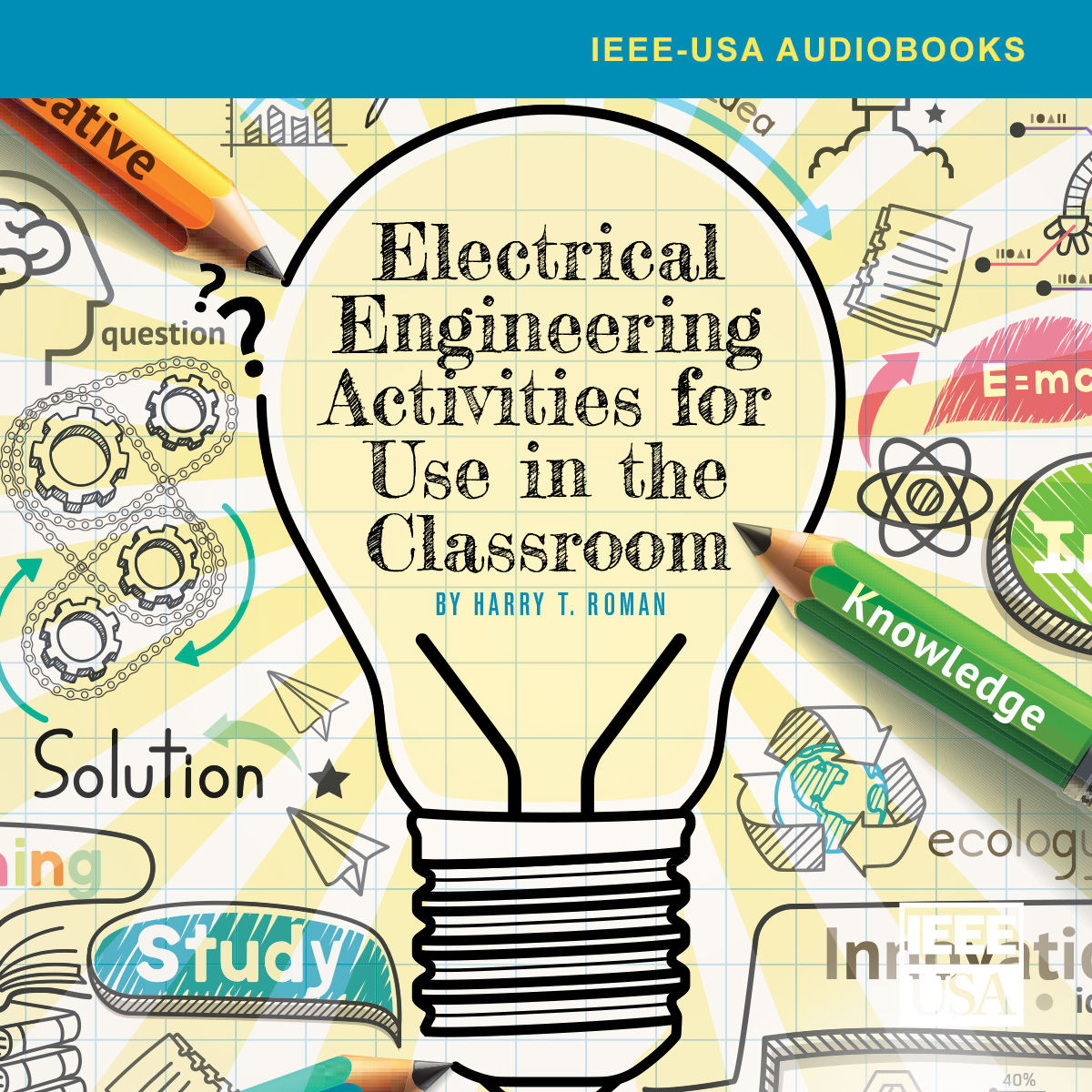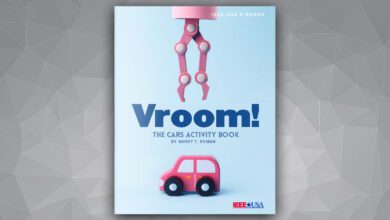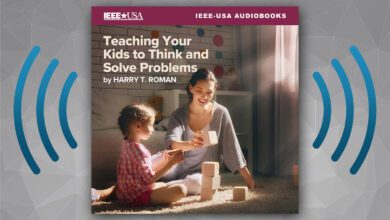
IEEE-USA has released a new audio edition of veteran engineer and educator Harry T. Roman’s Electrical Engineering Activities for Use in the Classroom. The audiobook guides teachers through exercises and activities they can use to introduce students to, and excite them about, electrical engineering. Roman notes that in 1905 only five engineering fields (electrical, mechanical, chemical, civil and industrial) existed; but today, we have more than 100 — ranging from aeronautical and ceramic to aerospace and solar. So, there is much material to cover!
Roman suggests starting with students developing their own definition for electrical engineering — and exploring how engineers solve problems; what processes they use; and how these processes vary among the engineering fields.
As with his other books, Roman believes in studying the history of a profession to gain better insights into the field today; and more importantly, where it might be headed in the future.
The author suggests:
- Constructing a timeline of electrical engineering accomplishments over the last 150 years
- Comparing and contrasting the approaches and successes of Thomas Edison and Nikola Tesla
- Reading the biographies of, or researching and exploring the lives of important female and male electrical engineers.
Roman suggests teachers (and parents) lead students in an exploration of electrical engineering that many take for granted — including how the electric grid functions; how the Internet works; the difference between cell phones and landlines; and the environmental innovations in solar panels, wind energy and battery storage.
The author encourages teachers to plant a possible engineering future into the minds of those in their classrooms by inviting an engineer to talk about projects they have worked on; discuss what led them to the profession; and field questions on the continuing education they are engaged in. He also urges students to explore colleges and universities that offer engineering, identifying the requirements, to get into and graduate from, these programs.
Roman advocates that engineers also need to be good communicators, adding, “I have never seen an engineer fired for incompetence, but I’ve seen careers stunted because an engineer could not speak or write well.”
In a section, Things to Think Deeply About, Roman suggests a variety of topics for classroom discussion, including:
- Surveying the class and identifying where electrical engineering is present right there in the room
- Debating the pros and cons of the rapid introduction of alternative energy technologies, such as solar panels and wind turbines
- Discussing if we could build satellite solar stations to beam energy to earth (and should we?)
- Pondering how artificial intelligence (AI) could be incorporated into electrical devices/systems
The author includes a section on IEEE as an important source of information; and he suggests teacher have students investigate the broad range of educational material and books on the IEEE-USA website, as well as resources on the site for continuing education.
Roman ends his book with a series of challenges “to encourage students to practice engineering-style thinking.” These activities include:
- Designing a smart vest to monitor health; determining what should be monitored; and discussing how information would be communicated
- Integrating solar technology into a fashion product
- Creating a robot as a companion and assistant for a senior citizen
- Writing a children’s book that explains how electricity is generated and used
If you enjoy this audiobook, look for other activities in the classroom e-books and audiobooks by author Harry T. Roman — on such topics as computers, robotics, invention and electric cars.
Harry T. Roman holds 12 U.S. patents; and he has received numerous engineering, invention and teaching awards. The New Jersey Inventors Hall of Fame honored him with an Inventor of the Year award for his application of mobile robots in hazardous work environments, and IEEE honored Roman with a Meritorious Achievement Award, for developing continuing education products for IEEE members. Roman currently teaches a graduate course at Montclair State University on applying STEM techniques in the classroom. Roman is an advisor/author to the Edison Innovation Foundation, and docent/special lecturer at the Thomas Edison National Historical Park, in West Orange, NJ.







